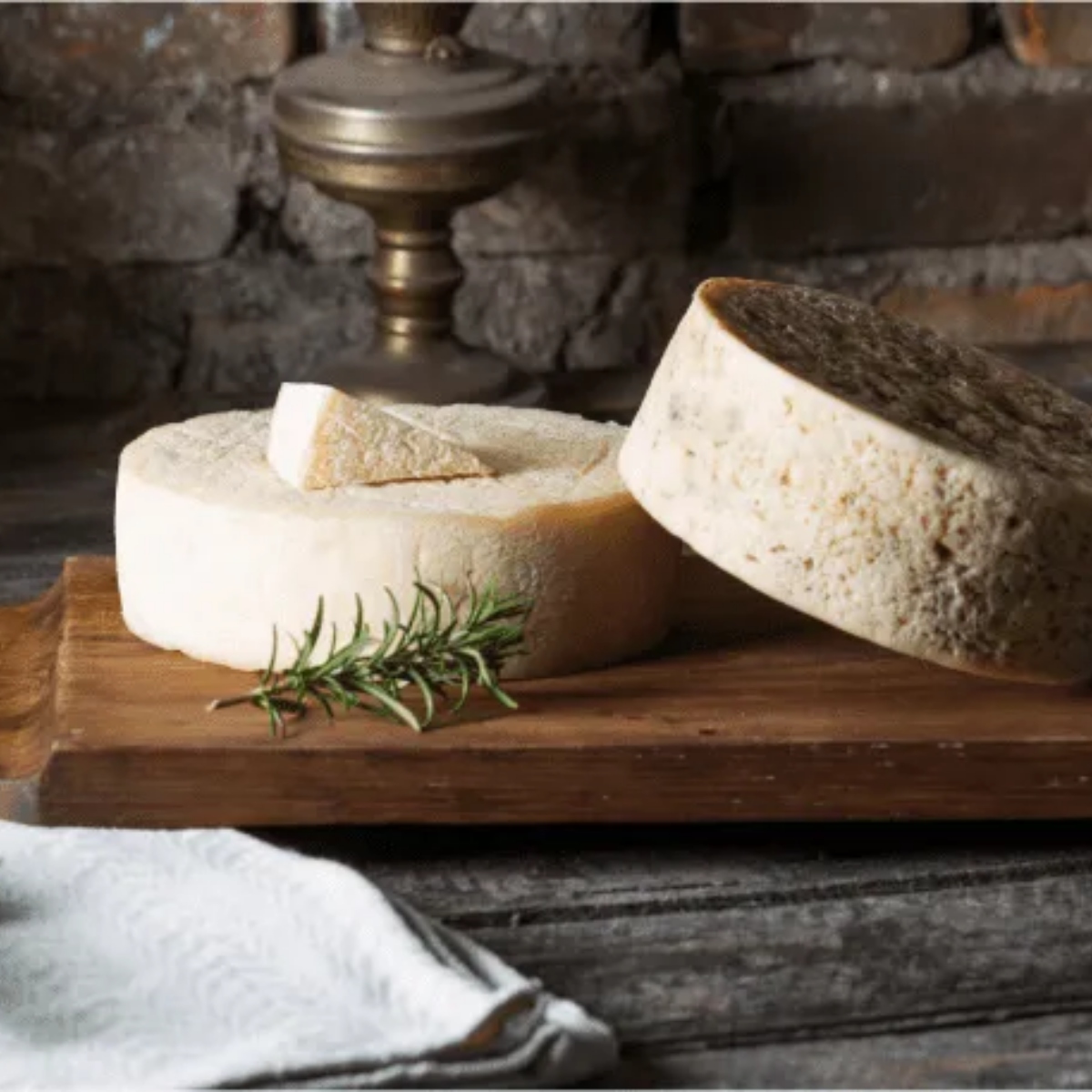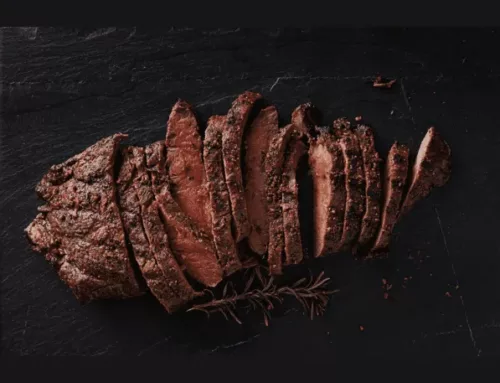Goat and sheep cheese weren’t always on the approved list for Phase I of the SHAPE Program. SHAPE ReClaimed is consistently growing and evolving based on new nutrition information and experience.
You may wonder why goat and sheep cheese are approved for Phase I: FasTrac Cleanse, but not regular cheese made from cow’s milk. Here’s why:
- Goat and sheep cheese are less inflammatory.
- Goat and sheep cheese are easier to digest.
- Goat and sheep cheese do not contain lactose, the sugar found in cow’s milk. Lactose can cause allergic reactions in those who are intolerant.
- Goat and sheep cheese contain a different form of casein (the protein in cow’s milk that contributes to dairy allergies), so will be less likely to cause allergic reactions.
- Goat and sheep cheese contain higher amounts of protein and less carbohydrate. For this reason, we consider goat and sheep cheese to be a dense protein option.
In Phase I, goat and sheep cheese are allowed up to 3 oz. per day.
- For Phase I: FasTrac Cleanse, you can count this towards your daily allotment of protein.
- For Phase I: Basic Cleanse, you can include up to 3 oz. of goat and sheep cheese daily in addition to the 3 oz. of cheese made from cow’s milk. (Avoid cow’s milk cheese if you have a dairy allergy or sensitivity.)
What about goat and sheep milk yogurt?
Goat milk yogurt is relatively easy to find in natural food stores, but most brands contain tapioca starch as a thickener, which is not ideal in Phases I or II of the SHAPE Program. Additionally, the protein content is quite low compared to the carbohydrate content. If you find a brand without additives, you can count it towards your dairy protein allotment for the day (up to 14 oz. if allowed per your SHAPE practitioner’s recommendation).
Sheep milk yogurt is less popular and may be more difficult to find. Use the same guidelines for goat milk yogurt and check the ingredients list for additives like tapioca starch and sugar.






